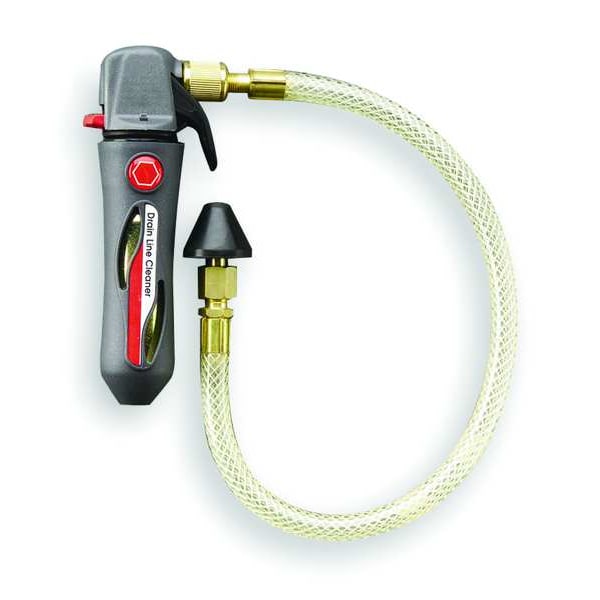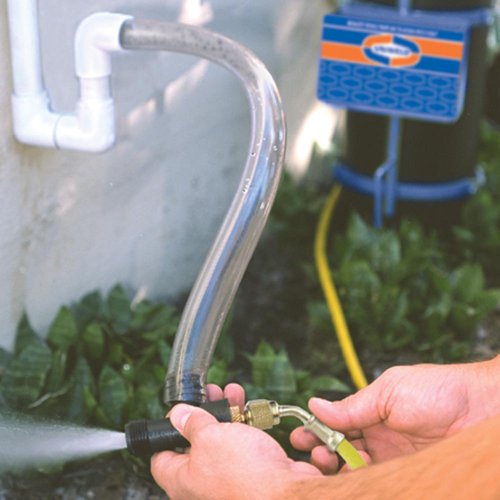Right in the middle of the hottest and busiest summer in years the government is helping us by adding some more regulations and paperwork. The good news is that you probably already keep the records they are requiring. The Energy Efficiency and Renewable Energy Office (EERE) has just issued their final ruling on enforcement of the regional energy efficiency standards. The ruling requires equipment manufacturers, distributors, and contractors to keep records of the equipment they sell. It also requires that split systems be matched, and makes a distinction between uncased coils used as part of a complete system installation and those used as a replacement part.
The law on which this ruling is based is not new. It is Title III of the Energy Policy and Conservation Act of 1975. This specific ruling is new. It is a follow-up to the Regional Efficiency Standards. Although the regional efficiency standards have in been in place now since January 1, 2015, the details regarding enforcement are new.
What Equipment is covered by this ruling?
The Energy Policy and Conservation Act defines a “central air conditioner” as a “product . . . which . . . is a heat pump or a cooling only unit” and refers to all central air conditioners as one “product.” So when they say air conditioner, they are including heat pumps. Split system air conditioning and heat pump condensing units, cased coils, uncased coils installed as part of a new installation, packaged air conditioning and heat pump systems are all covered by this ruling. NOT covered by this ruling are furnaces and uncased coils installed as replacement parts.
Who Must Keep Records?
Equipment manufacturers, distributors, and contractors must all keep records. However, the information you are required to keep depends upon which of these you are and what specific equipment is involved.
For every condensing unit, indoor unit and packaged unit installation, contractors must keep the following information for four years:
- Manufacturer
- Model Number
- Serial Number (NOT required for indoor units including blower coils, cased coils, and uncased coils installed as part of a new installation)
- Installation Location including the street address, city, state and zip code
- Installation Date
- Party from whom the unit was purchased, including the seller’s name, address and phone#
I expect most contractors already do record all the items on this list. Most manufacturers will want this information for warranty purposes. If you plan to service the equipment for the customer, you certainly want to know things like the model number, serial number, location, and date of installation. Since any properly installed system should last much longer than four years, keeping those records for at least four years makes perfect sense. Furnaces are not covered by this ruling. However, as long as you are keeping detailed information on the coil sitting on top of the furnace, why not go ahead and record the furnace information as well?
It is interesting to note that the condensing unit and coil are being listed separately. It is really not correct to say a condensing unit is 14 SEER, because it needs a matching coil. Since different matches yield different results, a single condensing unit can produce a range of efficiencies. To address this issue, the lowest rating point using the condensing unit manufacturer’s own indoor coil is what determines where a split system condensing unit may be used. So if a condensing unit has a rating of 13 SEER with one coil and 14 SEER with another coil, it will be considered 13 SEER unit. When using a third party indoor coil, the coil must be matched to the condenser. However, a third party coil may not be used to increase a condenser’s rating point above the manufacturer rating. For the purposes of meeting the minimum efficiency for your area, you may not use one manufacturer’s coil matched to another manufacturer’s condenser to obtain a rating higher than the condenser manufacturer lists. Obviously, this CAN be done, but it won’t qualify the unit as a 14 SEER unit if the condenser manufacturer lists a 13 SEER coil match for that unit.
Records must be kept for all cased coils. Records on uncased coils may or may not be required depending upon their use. If an uncased coil is a replacement part, you do not have to keep records on it. An example would be replacing a leaky indoor coil on an existing system. However, if an uncased coil is used as part of a complete install, then you do have to keep records on that coil. You are not required to keep serial numbers on indoor coils. Many indoor coils do not have a serial number.
If you are looking for an easy way to keep this data, I suggest an Excel spreadsheet. Excel is a commonly used program and many of you may already have it. A spreadsheet does not take up lot of space and you can keep data on several systems on a single spreadsheet. Depending upon the number of systems you install in a month, you could have a spreadsheet for each month, or even one for the entire year.
I have put together a very simple Excel spreadsheet which you might like to use. The data handling functions of Excel allow you to sort and search data by different categories. For example, a search of listings by model number or by address. Here is the link to download the file.
https://drive.google.com/open?id=0B0i1Mw3czgHrMmFwRlR4dzVWR1k
I encourage you to read it for yourself – as government regulations go it is pretty short. Here is a link to the ruling.
http://www.regulations.gov/document?D=EERE-2011-BT-CE-0077-0102
You might also like to read an excellent article by Jen Anesi in "The Air Conditioning, Heating, and Refrigeration News.”
http://www.achrnews.com/articles/132995-new-ac-reporting-rules-coming

























